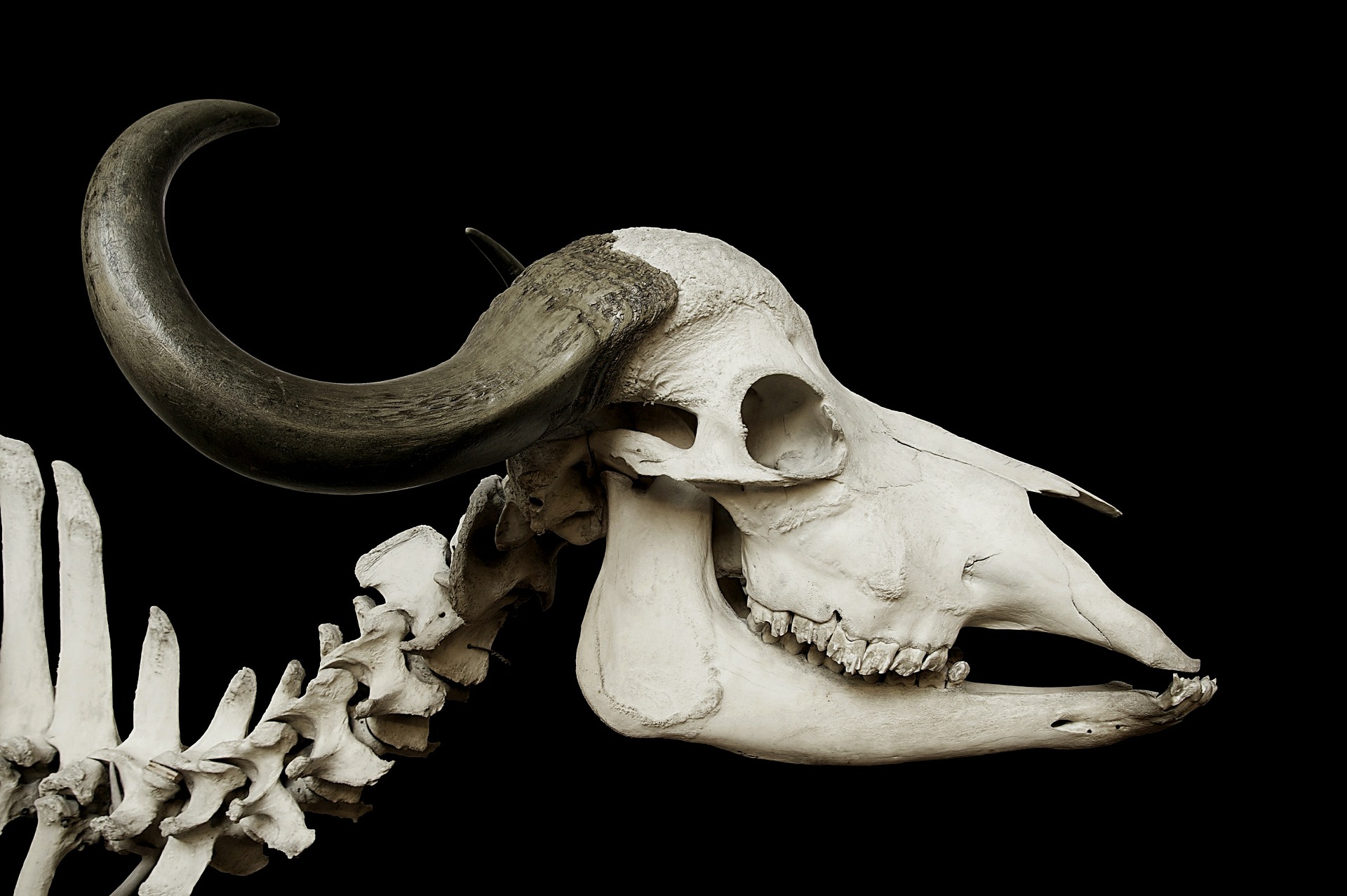By David Ceddia, Monash University
Within colloquial language exists the simile ‘dry as a bone’ which is often used to refer to something that is extremely dry. For example; that dessert is dry as a bone, that presentation was dry as a bone, that blog article about bones was dry as a bone, etc. However, there also exists a saying about hitting your funny bone. Indeed, someone has gone as far as to name one of the bones in your body as the humerus bone! This contrary use of the word bone seems to raise the serious quandary, are bones boring or funny?
This blog post does not intend to settle this age old debate, it does aim, however, to provide some insight into the fascinating world that your bones present. There are 270 bones within the human body at birth and by the time adulthood is reached 206 remain (some fuse together whilst growing, reducing the total number of discrete bones). Apart from the obvious structural and mobility function that they serve, bones are also an integral component of the immune system and blood cell production process. The three types of cells responsible for maintaining your bones and keeping them healthy are osteoclasts, osteoblasts and osteocytes.
- Osteoclasts are bone resorbing cells. That is, they erode and dissolve away old bone.
- Osteoblasts are bone forming cells. That is, they excrete something called osteoid which over the period of a few months mineralises into new bone.
- Osteocytes are interstitial bone cells whose function it is to react to stresses and strains placed upon the bone and inform the other two types of cells where more bone is needed.
Altogether, these cells make up a ‘Bone Multicellular Unit’ (BMU) which is responsible for the renewal process of your bones. Perhaps at this point you are finding this interesting and want to know more about ‘Bone Multicellular Units’? It turns out learning more about ‘Bone Multicellular Units’ is quite hard. Bones are not particularly accessible in their natural state, nor are people offering themselves up for quick, optional bone biopsies for science. So instead of physically looking at the bones we turn to mathematical modelling. The field is still under development but head way is being made into the intricate dynamics of the cells and their specific characteristics. Currently, the mathematical models can predict values such as the life span of each cell type or their resorption/formation rates to within a reasonable degree. Eventually it is hoped that one day the models can be developed to a sophisticated enough level that they are capable of aiding in the research of bone related problems and diseases.
David Ceddia was one of the recipients of a 2014/15 AMSI Vacation Research Scholarship.

